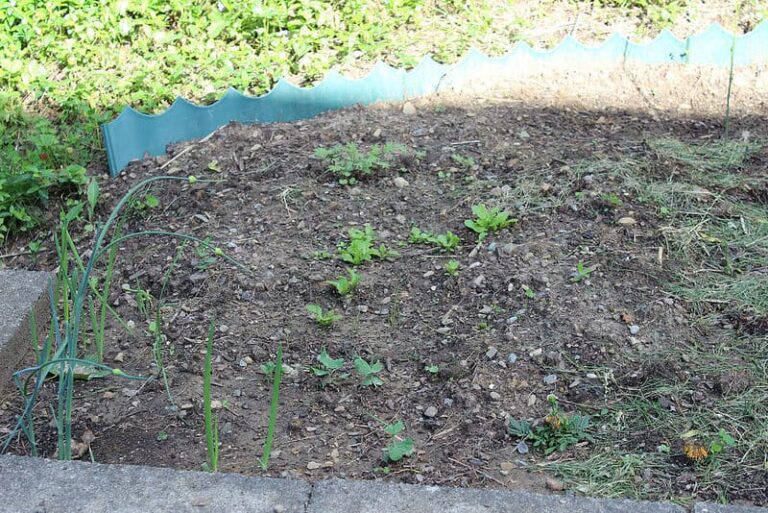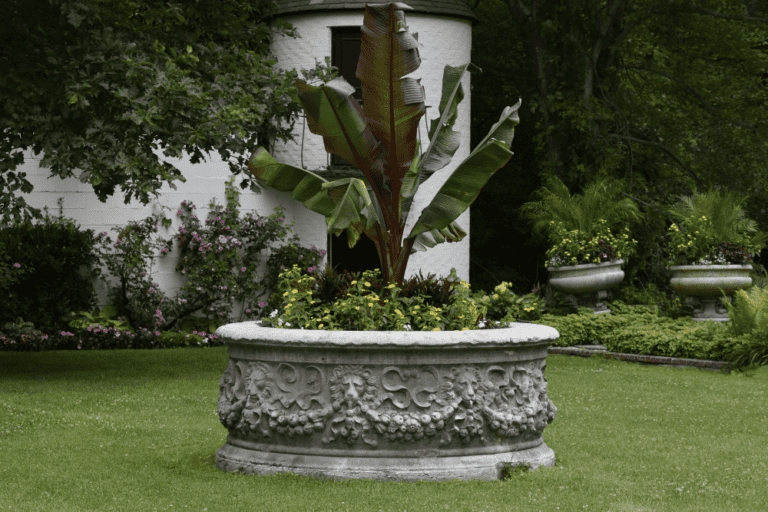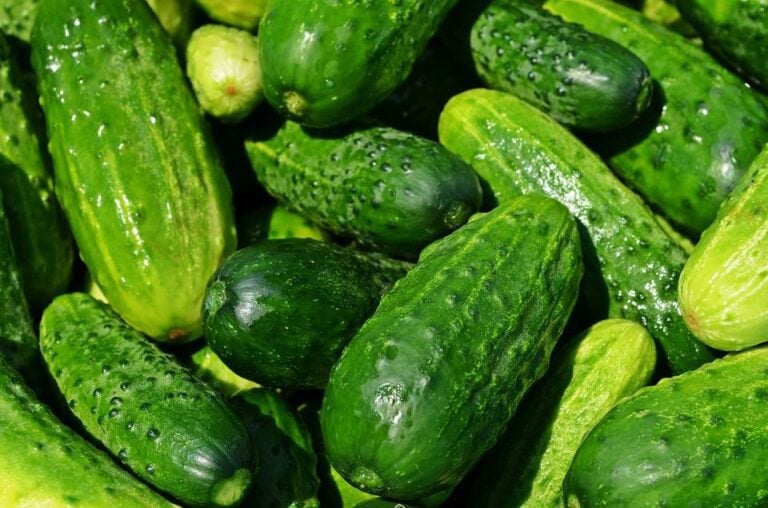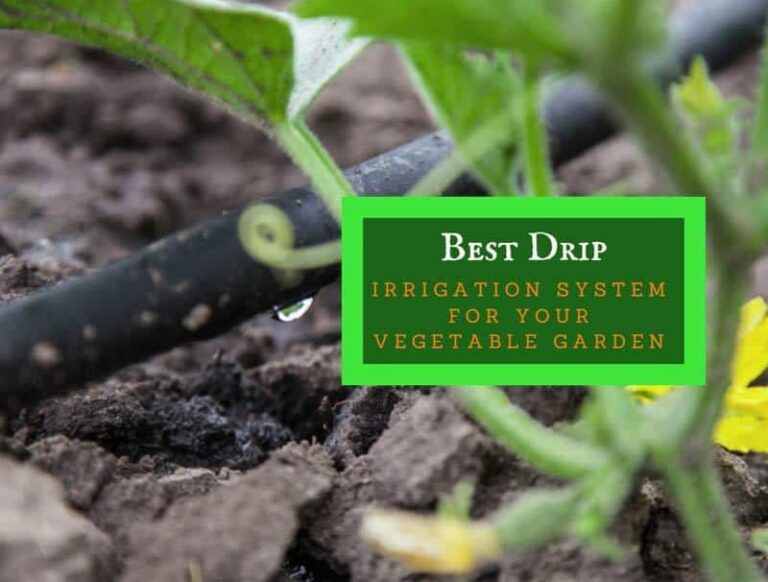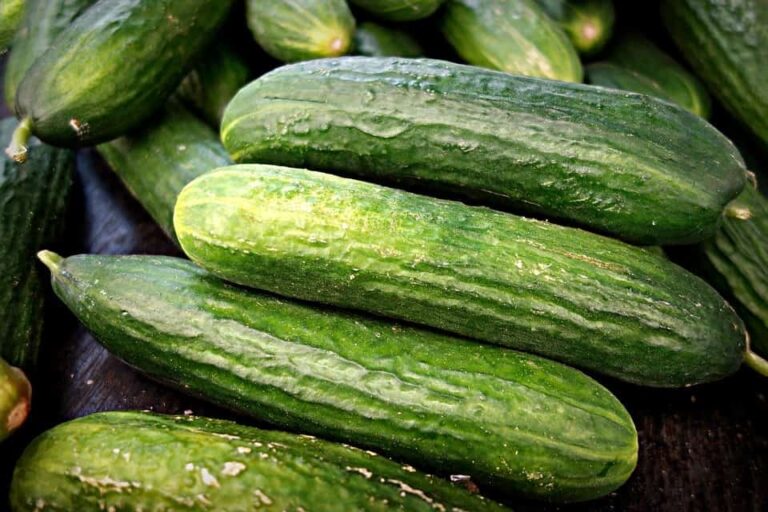How To Grow Truffles In Your Own Back Garden
Extravagant, rare and revered by food lovers around the world, truffles are a pungent fungus that grows at the roots of beech, hazel, and other forest trees. So, how to grow truffles in your own back garden? And why should you?
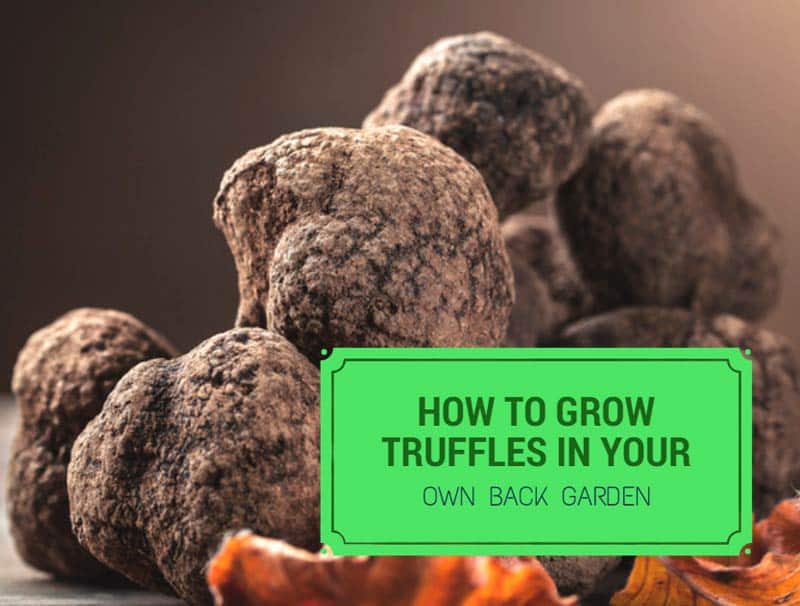
For centuries, truffles have been a food of the rich. A sort of caviar of the ground. With prices ranging from a few tens to a few hundred of dollars per ounce, these fungi are seen as a prelibation. But thanks to dedicated farmers, almost all homeowners can – or at least can try to – grow truffles in their own back garden, either for personal consumption or for business. Here’s a step-by-step guide on how to do it!
Table of Contents
Understanding Truffles
A truffle is a special type of fungus that grows underground. Sensitive to the environmental conditions, this fungus grow in nature only in certain areas of the world, mainly in Southern Europe. Italy and France are two of the most famous countries for their truffle production, with some varieties selling at thousands of dollars per pound.
Such a rare delicacy is the White Truffle of Alba, for example, growing in Piedmont region in Italy.
Truffles are of two types, black and white. The black variety has a more delicate flavor and is less expensive than its white counterpart; nevertheless, it can exalt the flavor of a dish in a similar way. Both varieties like alkaline terrains and they both grow at the roots of forest trees such as beech, birch, hazels, oak, and pines, to name just a few.
The fungi develop a relationship with the roots of the trees, which means that without trees, there are no truffles. And that’s an important thing to consider if you want to grow them into your own back garden.
Another thing to know about truffles is that they like all seasons. The fungi need both warm and cold weather to thrive, therefore you are most likely to grow them in a temperate region. In other words, you might get no truffles if you live in California, but the climate of Oregon and Washington are ideal for their development.
Lastly, truffles need a lot of time to grow. It might take up to 5 years to see the results, so arm yourself with patience before planting your first truffle tree.
How To Grow Truffles
Source A Truffle Tree
If you’ve decided to grow truffles, the first thing to do is to buy a truffle tree. This is essential because by simply planting birch or hazels into your back garden truffles might never grow. But what is a truffle tree and where to find it?
A truffle tree is a tree inoculated with truffle spores. There are dedicated nurseries where you can find them, but our advice is to source the tree from a reputable grower.
Prepare The Soil
Truffles thrive in alkaline and well-draining soil, but they might never grow in another type of soil. These fungi require a soil pH around 7.5 and 8.3, so make sure to test the soil and determine its pH before planting the trees.
If the pH is lower you can still grow truffles, provided you raise the pH by adding lime every year for at least three or four years. The good news is that you can still plant the inoculated trees and let them grow until you achieve the right soil pH.
Plan A Irrigation System
This step is important if you want to plant an orchard; if you just want to grow one tree in your back garden an irrigation system might be unnecessary.
In broad terms, a tree needs about 1 inch of water per week. Therefore, depending on how many trees you want to plant you can plan an irrigation system or not.
Plant And Grow The Tree
Once established all the things above, it’s time to plant and grow your tree. This is a simple and straightforward process. Dig a hole, plant the tree, cover the hole, water.
Growing the tree is a different story though. To grow, truffles develop a complex relationship between the tree, the soil, and themselves. The symbiosis process between tree and truffles is simple, in the way that truffles provide the tree with nutrients and the tree provides the truffle with other nutrients. But these nutrients provided by the tree are beloved by many other plants, including grass and weeds.
Like it’s easy to imagine, both grass and weeds grow faster than truffles, and they simply consume all the nutrients the fungus needs. That’s why it is essential to maintain the area around the tree free of any grass and weeds.
For the first three or four years, it will be necessary to hoe the weeds. After this time, mowing or removing them with a weed eater could do the job.
To keep vegetation under control, apply generous amounts of mulch around your tree. Make sure you water regularly and that your tree gets at least 1 inch of water per week. Add lime to the soil each year to maintain the pH. And most importantly, arm yourself with patience for the years to come.
Look For Growing Signs
You’ve planted and grown your truffle tree. About three years have passed and you’re now wondering whether you have truffles or not. But how to know? Look for the signs.
The signs are easy to see because when truffles start to grow, they release a natural herbicide that kills grass and weeds. If you notice that no vegetation is growing around the trees and you don’t have to use the weed eater anymore, that’s a sign that truffles might be developing.
Moss or puffballs growing on the tree might also be an indication that truffles are growing.
Noticing the signs doesn’t mean your truffles are ripe and ready to harvest. From this moment on, you’ll still have to wait for about a couple of years.
Harvest The Truffles
After about five years since planting your truffle tree, you might be able to enjoy the results. Dig at the base of the tree, identify your fungi and enjoy their unique flavor.

How To Harvest Truffles
Harvesting truffles is not easy, especially if you have more than one tree. Since they grow underground, it’s hard to determine where they are, whether they are ripe or not, and if they’ve developed at all. The best thing to do for harvesting is to train a truffle dog.
These dogs are trained to sniff truffles, showing you the exact point where they are. This is particularly useful if you’ve planted an orchard of truffle trees. Otherwise, just dig at the base of the tree and inspect the roots.
If you notice the truffles, just pull them out to enjoy them.
The best period to harvest truffles is the beginning of winter when the temperatures are low but the ground isn’t frozen.
How To Store Truffles
Truffles have a short shelf life and experts advise to consume them shortly after the harvest, to enjoy their full aromas and flavors. However, it is possible to store the truffles for up to two weeks, in the fridge, or up to 1 year in the freezer. Here’s how.
To preserve the truffle in the fridge, wash the fungus and dry it thoroughly. Wrap it in paper towels and place it on the lower shelf. Change the paper towels every day, or your truffle might rot. Consume it in 5 to 7 days if it’s a white truffle and in no more than two weeks if it’s a black truffle.
In the freezer, you can either store whole or sliced truffle. In either case, make sure the fungus is completely dry to avoid the formation of ice around it. Place the truffle, whole, sliced, or shredded, into a freezer bag and store it up to a year. Once defrost, consume the fungus immediately.
If you want to extend the shelf life up to a few months without freezing the truffle, preserve it in oil. This method is extremely popular in Italy, where housewives prepare a famous truffle oil. The method is simple. Just slice the truffle into thin slices, place them in a glass jar, and fill with olive or sunflower seeds oil. The truffle oil can add flavor to your dishes and you’ll be able to use pieces of truffles for at least a few months.
Alternatively, you can preserve the whole truffle in the same way, yet it will be more difficult to slice or shred it before consumption.
Final Thoughts
Growing truffle is an uncomplicated yet lengthy process. The two most important things are the tree and the soil. Other than that, truffles require little attention, as long as you provide sufficient water and keep the terrain free of grass and weeds.
Of course, truffles won’t grow everywhere. But since a truffle tree is not excessively expensive, we’d say you could give it a try. Just get a good tree from a reputable source, arm yourself with patience, and start growing your own savories.
Also Read: Dwarf Ixora

